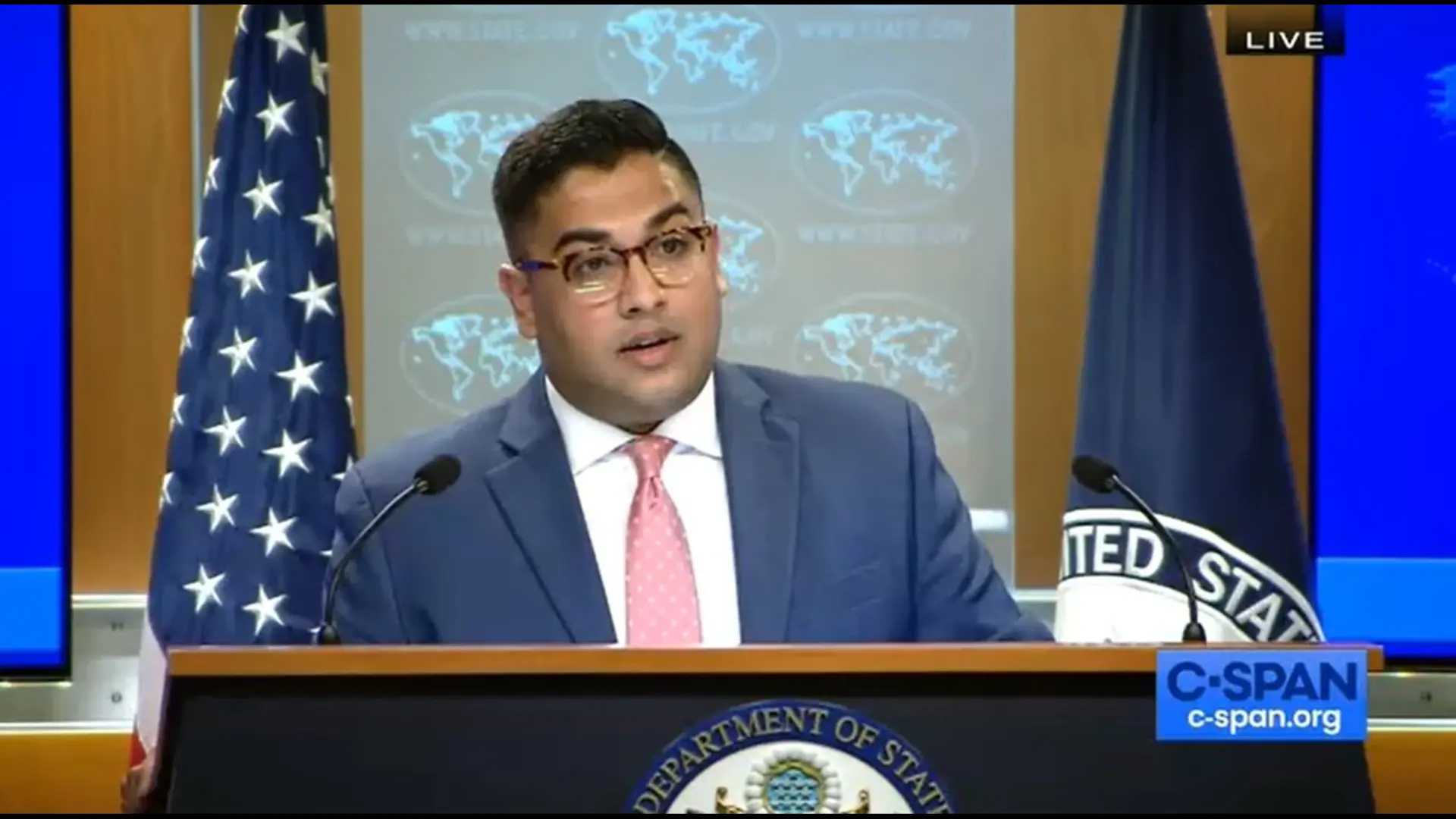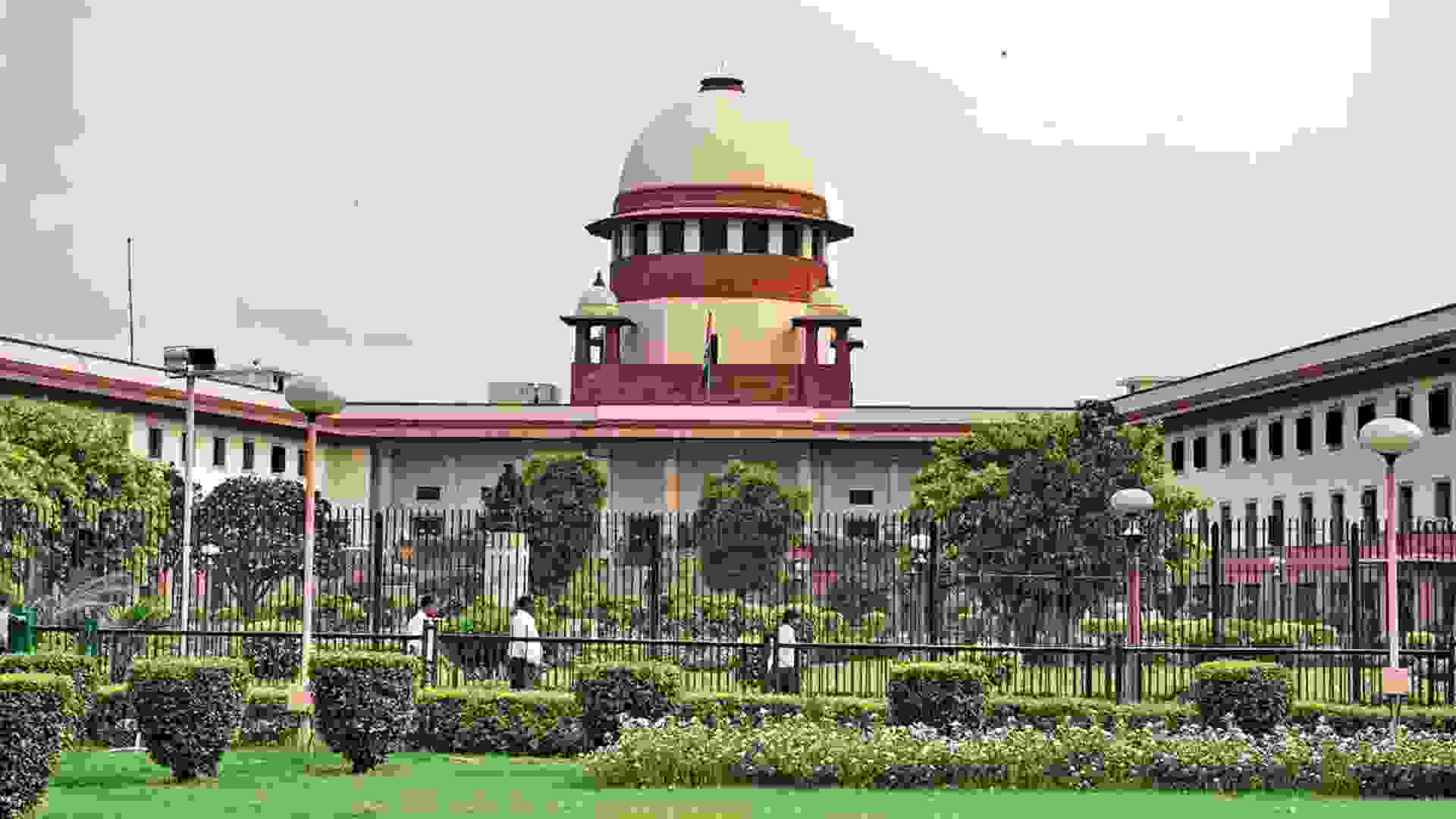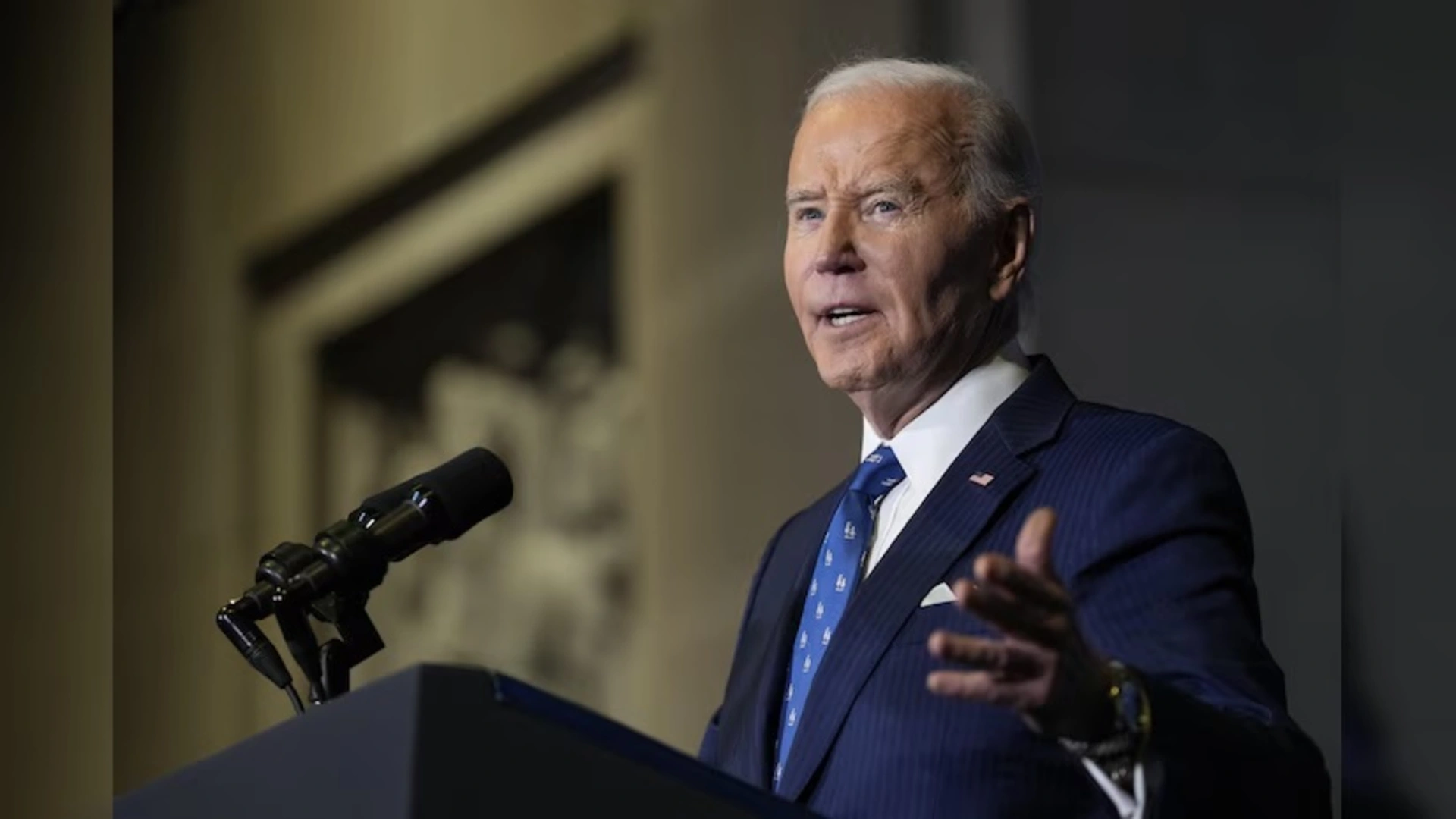
On 16 September 2020, India had recorded 97,859 cases of Covid-19, the highest single-day number since the beginning of the pandemic. As cases had risen rapidly and the country had been put under one of the strictest lockdowns in the world, critics had viewed the restrictions with suspicion. However, since then, India has seen a major decline in total active cases and the number of daily cases, which dropped to about 11,000 per day in February 2021—something being termed now as a ‘mystery’.
To demystify India’s success with handling the pandemic and bringing about a drastic decrease in the number of daily cases, a recent research paper by Sunil Kumar Raina of Dr R.P. Government Medical College and Yaneer Bar-Yam of the New England Complex Systems Institute has reviewed the strengths and policies which worked in India’s favour, most prominently India’s restrictions on the movement of people and ramping up of testing capacities.
Among the existing strengths that India had were fewer urbanised areas, limited modes of domestic travel, a lower international tourist footprint and, most importantly, prior experience and success with pandemics. While the last factor made it easier to regulate the spread after the government took proactive measures, the first three factors limited transmission between communities and led to an uneven distribution in cases.
As the paper demonstrates, although Covid-19 wreaked havoc on the country, the highest numbers of cases were restricted to certain regions only. This had also been seen in the case of the 1918 Spanish flu, which had wiped out an estimated 10-20 million of India’s population then but had affected the state of Bombay more than Bihar, for example. Similar observations had been made during the 2009 H1N1 pandemic. Even currently, the majority of daily cases in India seem to be coming out of only six major states including Maharashtra.
However, just as India had done during the previous pandemics, with Covid-19 too, the country has shown a great ability to identify these strengths and leverage them to its advantage. The paper credits the policymakers and government for imposing the nationwide lockdown, which started on 25 March 2020, and putting stringent restrictions on person-to-person transmission, calling it probably the most effective step taken.
The government’s gradual move to a “smart lockdown”, where zones were identified and strict restrictions continued in the worst-hit districts and states, also helped India strike a balance between keeping an eye on affected areas and relaxing norms just enough to restart economic activities. In fact, stringent restrictions and curfews are still in place in certain parts of Maharashtra, where Chief Minister Uddhav Thackeray has threatened another lockdown if people do not follow safety protocols.
The closure of schools and universities for extended periods has also been listed by Raina and Bar-Yam as a major factor for lowering the number of Covid cases in the country. However, with plans being put into place about partial reopening of educational institutions, the researchers say that its epidemiological consequences remain untested.
Along with the nationwide lockdown, the country’s restriction on inter-state and foreign travel early during the pandemic also kept the spread in check. While movement between states and entering the country has been allowed to certain extents now, travel is still being regulated through e-passes and foreign travellers requiring to undergo quarantine and RT-PCR tests.
Besides the policy of shutting down places and taking punitive action against violators, the government’s strategy of immediate isolation and contact tracing for positive cases also proved to be a success. As the research paper notes, “Quarantines of locations (not just of individuals) are also applied (where) the area/building or site is sealed off if the cases come in a cluster. In one such case when 14 inmates of an old age home in the state of Himachal Pradesh tested positive on 31st of January 2021, a 50 meter area around the old age home was completed sealed off and contained.” The movements of the contacts are restricted till they are confirmed to be negative.
This also highlights a major leap taken by the Indian government in tackling an unprecedented public health crisis: The rapid development in laboratory testing capacities. “From a single lab capable of doing RT-PCR for Covid-19 to more than 2300 (in both Government and Private sectors) has been a significant public health initiative. The addition of a greater number of labs has reduced the test result return time, strengthening the isolation/quarantine strategy,” state the researchers. In fact, the ICMR-backed testing strategy had yielded 8 crore tests till 30 September 2020, out of which 3.1 crore tests had been done in September alone, with a daily average of 10,42,750 tests. The ability to conduct rapid tests, along with initiatives like door-to-door tracing and testing, helped highly dense states like Uttar Pradesh turn a morbid situation into a manageable one. Even as recently as 13 February, the total number of tests being conducted was 6,97,114, which add to the impressive cumulative total of 20,62,30,512 tests across the country.
Another crucial area where India showed a tremendous response was manufacturing of necessary protective equipment like masks and suits and medical equipment like ventilators. “The industry responded to the needs of the pandemic like never before. From a country producing no high-end masks and personal protective equipment to its capability of being able to supply to the world, the shift was swift and decisive,” say Raina and Bar-Yam. In fact, the scaling up of manufacturing capacities was so quick that India’s production of PPE kits went from zero to the second-highest in the world within two months.
Now, with what is being called the world’s largest vaccination drive, the Government of India is one of the leading forces in the battle against Covid-19. Depending largely on the indigenously made Covaxin and the Serum Institute’s Covishield, India started its vaccination programme on 16 January. While the first phase covered the country’s healthcare professionals and frontline workers, the second phase, which began earlier this week, will cater to senior citizens and older adults with co-morbidities. The approach is expected to have an increasingly significant impact on the outbreak, foresee the researchers.
According to the paper, to further reduce the number of daily cases, India needs to strengthen what it has been doing so far with its strategic combination of restriction and relaxation and quick response to new cases. “As the country intends to vaccinate 300 million individuals by July 2021, a vaccination strategy integrated into the pandemic response programme may be helpful,” suggests the research article.
India’s strategy has served a major example for other countries, especially Western observers. With global powers like the US still struggling to rein in the virus, India has shown a prime example of how the “travel and time of local response are the key components of this pandemic’s outcomes”. As the researchers highlight, the states which continue to have restrictions on travel have done better than others, for example, Kerala, which had a significantly high number of cases, owing also the large number of expatriates coming back.















